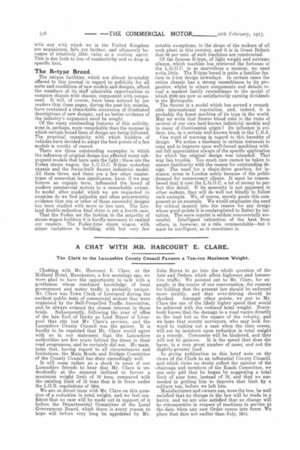Scott and His Sledges.
Page 1

Page 2

If you've noticed an error in this article please click here to report it so we can fix it.
The great Antarctic disaster, of which news has come to hand telling of the death of the advance band of explorers after it had actually achieved its object, is, of course, of national moment primarily. There is, however, something more than general interest for all those who read this journal in this terrible ending to an enterprise which was planned with all the resources which modern mechanical and other science had, at the time of departure, rendered available.
In April, 1910, the Wolseley Co. favoured us with photographs and scilie constructional particulars cf the famous sleighs, or sledges as we should prefer to call them, which were perhaps the most striking part of the equipment of the whole expedition. We told at a later period of the mishap whereby one of these chain-track tractors fell through the ice into untold Polar depths, and, of course, was irrecoverable. We have since learned of the sister machine's employment in regard to the establishment of the One Ton and other depots on the ice fields, so that these unique contrivances, which were obviously in the nature of a clever experiment for such extraordinary conditions, at any rate bore their share in this historic undertaking and achievement. There is one point in connection with this record of heroism to which we must additionally refer, Capt. Scott and his brother officers have commented upon the unforeseen and paradoxical overheating of internal-combustion engines in the midst of Polar cold. We have one explanation, over and above that of lubrication difficulties, to advance. The partial pressure of aqueous vapour, even at zero, is sufficient to cause a slight amount of moisture to be present in atmospheric air. At zero, so far as we recall the result of tests which the writer at one time had occasion to make, it is about six grains Der cubic foot. or, say, 0.0014 per cent. by volume. As the temperature falls from zero to lower degrees, the conductivity of the air, which is already considerably reduced in comparison
with any with which we in the United Kingdom are acquainted, falls yet further, and ultimately becomes of relatively little value as a cooling agent. This is due both to loss of conductivity arid to drop in epecific heat.
































